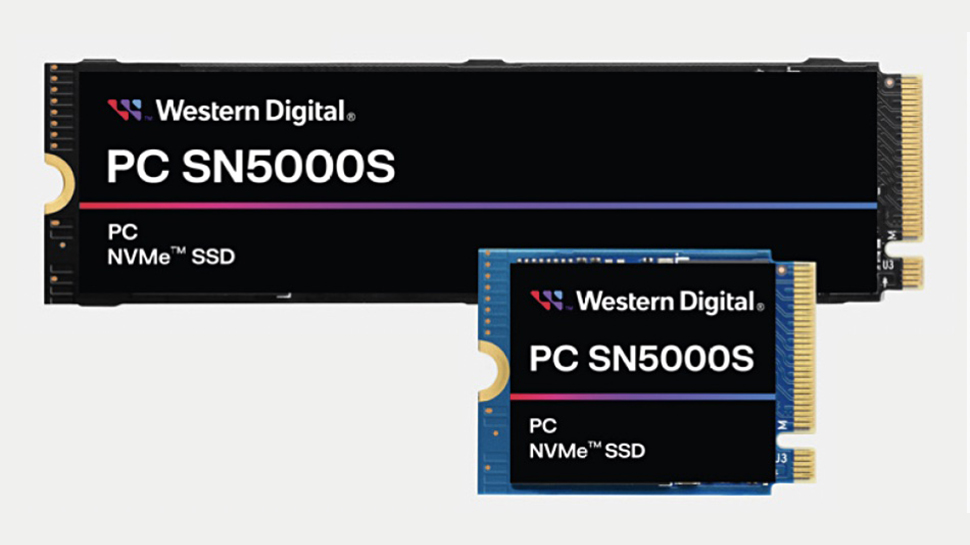Popular SSD vendor uses clever trick to make slower, less durable flash components perform much better — but don't expect miracles
Western Digital's new QLC NAND drive outperforms its TLC predecessor

Although QLC NAND is capable of storing substantial amounts of data, it falls behind in performance when compared to other NAND types. Because it’s denser (housing four bits per cell) than TLC (which accommodates three), it’s typically slower and less robust.
Western Digital has employed a smart method to improve the performance and durability of its new SN5000S QLC flash drive. Thanks to the integration of a high-speed pseudo-SLC cache, over-provisioning of raw cells, and a controller that minimizes write amplification, it surpasses its TLC predecessor, SN740.
While the older SN740 was built using WD and Kioxia's fifth generation BiCS 112-layer vertically stacked 3D NAND, the newer SN5000S benefits from BiCS sixth generation 162-layer NAND.
Speed improvements
Due to the SLC caching, the SN5000S has shown a 1.4% increase in random read IOPS and a 12.5% improvement in random write IOPS. Its sequential reads and writes are reportedly faster by 16.5% and 15.5%, respectively.
The SN5000S comes in M.2 2280 "gumstick" and M.2 2230 form factors with capacities ranging from 512GB to 2TB.
While the SN5000S has shown significant improvements, it's worth mentioning that it uses slightly more power at peak than the SN740. The 2TB model’s peak power is 6.9W compared to 6.3W with its predecessor.
Additionally, the SN5000S 512GB and 1TB models have lower endurance than the SN740 equivalents. This improves with the 2TB model though - SN5000S hits 600 TBW while SN740 is 500 TBW.
Are you a pro? Subscribe to our newsletter
Sign up to the TechRadar Pro newsletter to get all the top news, opinion, features and guidance your business needs to succeed!
As the SN5000S drives are primarily for OEMs, no official prices are available.
More from TechRadar Pro

Wayne Williams is a freelancer writing news for TechRadar Pro. He has been writing about computers, technology, and the web for 30 years. In that time he wrote for most of the UK’s PC magazines, and launched, edited and published a number of them too.